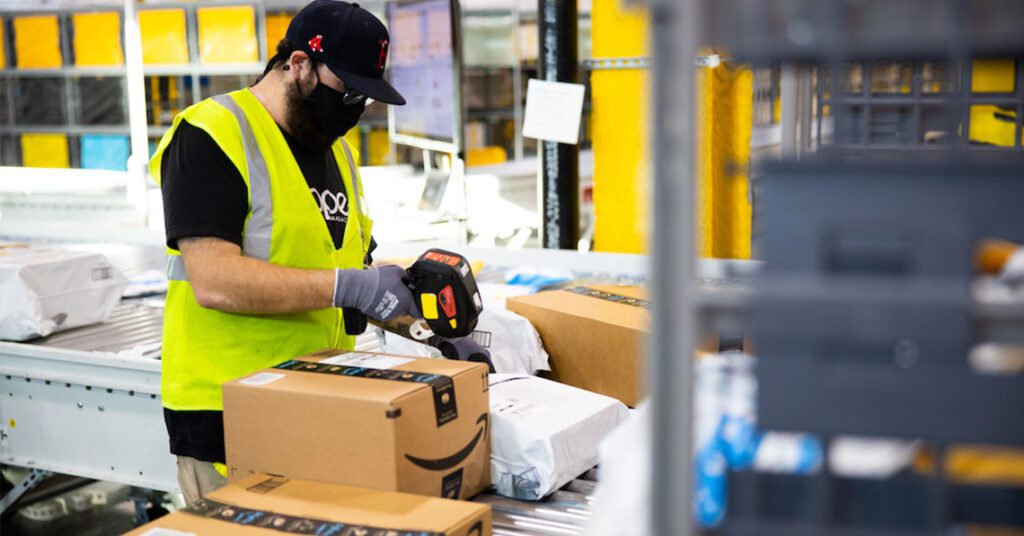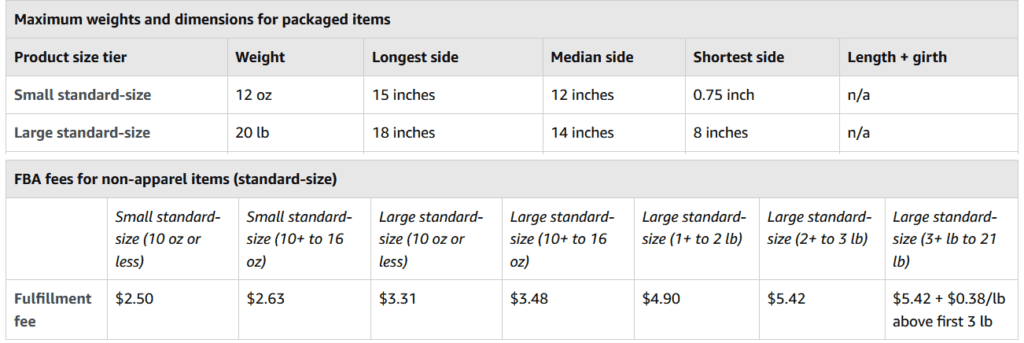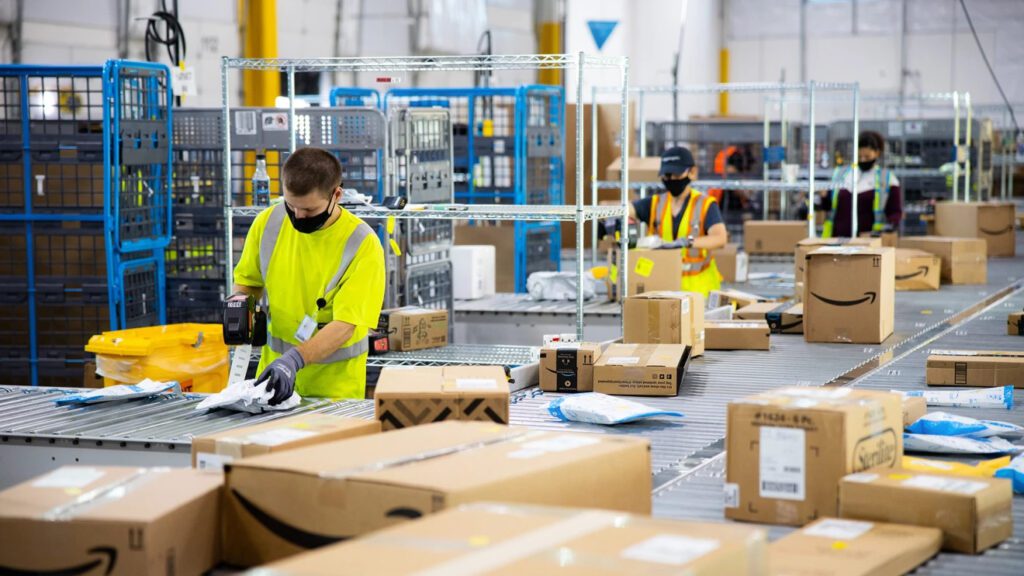
Tips for Accurate Fee Calculation and Refund Requests
Introduction:
There are many benefits to selling goods through Amazon’s Fulfilled by Amazon (FBA) programme, including faster logistics, improved exposure, and access to a sizable client base. However, it’s crucial for sellers to exercise caution while correctly calculating and keeping track of their FBA fees. Overcharging can reduce profitability and impede business expansion. In this blog, we’ll look at some helpful hints to stop FBA fee overcharging, ensure proper fee computations, and give sellers the ability to ask for refunds when necessary.
Understanding FBA Fees:
Breakdown of different types of FBA fees:
- Referral Fees: Sellers pay Amazon a commission for each item they sell on their marketplace through referral fees. Referral fees range from 6% to 45% of the item’s sale price, with a minimum charge of $0.30 per item, and depend on the category of the goods being sold. The referral fee is levied to offset the expense of Amazon’s services, which include giving sellers a place to display their goods, managing fulfillment and payment processing, and providing customer care and returns management. Before payments are made, the charge is subtracted from the seller’s earnings.
- Fulfillment Fees: Costs associated with selecting, packaging, and sending products to clients are covered by fulfillment fees. They are based on elements including product size, weight, and complexity of packing.
- Storage Fees: An inventory storage overage fee will be assessed if your inventory exceeds the allocated space in Amazon’s fulfillment centers. This price is determined at a rate of $10 per cubic foot and is based on how many days your inventory exceeds the cap. It is applicable to any extra space your inventory takes up, regardless of whether it is afterwards reduced.
Factors that influence fee calculation:
- Fulfillment Type: Depending on whether the goods is shipped via FBA or shipped directly from the seller (FBS), different costs may apply. Unlike FBS fees, which may also include shipping and self-storage, FBA fees cover fulfillment and storage expenses.
Common Causes of FBA Fee Overcharges:
- Inaccurate Product Information: Providing the wrong product weight, dimensions, or other information may result in overpriced fees. Sellers must make sure that the details they offer correspond to the real product specs.
- Failure to Account for Category-specific Fees: The referral fee rates vary depending on the category. To effectively calculate the referral fees, sellers must be aware of the exact fee rates for the categories of their products. Failure to take into account category-specific costs might lead to inaccurate fee computations.
- Ignoring Fee Rate Adjustments: Amazon reserves the right to change their fee schedule at any time. Overcharging for fees may result from failing to keep up with these changes.
- Packaging Errors: Inadequate packaging that doesn’t adhere to Amazon’s rules may result in extra costs or incorrect fee estimates.
- Lack of Advance Preparation: Fulfillment by Amazon (FBA) has extensive requirements for sellers, including inbound shipping, product packaging, and barcode labeling. Many sellers choose to pay Amazon to handle these tasks, but there are downsides. Amazon charges fees for preparation and labeling, which can add up quickly. Prep fees range from $0.50 to $2.00 per unit, while FNSKU barcode labeling costs $0.30 per unit. If sellers don’t provide box content information, a manual processing fee of $0.10 to $0.15 per unit may apply. These fees can significantly impact a seller’s costs, adding an extra $1.00 or more per unit sold.
Tips for Accurate Fee Calculation:
Ensuring accurate product dimensions and weight:
- To ascertain the precise dimensions and weight of each object, use precision measurement equipment.
- When measuring, take into account the packaging components since they affect the overall size and weight of the product.
- Therefore, determining the size and weight band their products fit into is one of the first measures that all sellers should do to reduce their fees. The current product size tiers and FBA fulfillment costs may be seen here. The excerpt is displayed below.

Utilizing Amazon’s fee calculation tools:
- To help sellers calculate the correct fees for their products, Amazon provides tools and calculators for fee calculation. Use these resources to ensure accurate computations.
How to Prevent FBA Fee Overcharges:
Conducting regular fee audits:
- Review your fee invoices and reports from Amazon on a regular basis to look for any inconsistencies or instances of fee overcharging.
- Establish a timetable for performing fee audits, such as once a month or every three months, to ensure continuous accuracy and quickly spot any possible problems.
Monitoring Fee Changes and Updates:
- Keep up with any updates or adjustments to fees that Amazon may release. This can apply to adjustments in fulfillment costs, storage costs, referral fee rates, or any other fees.
- Check Amazon’s official announcements, charge schedules, and correspondence frequently to be informed of any changes that might have an impact on your fees.
Implementing Quality Control Measures:
- To guarantee that the information offered for each product is correct and current, establish strong quality control methods.
- Instruct the group or individuals in charge of maintaining your Amazon inventory to measure and record products with accuracy.
- To prevent fee overcharges, think about adding checks and balances to identify any potential problems.
Remove Unsellable Inventory from FBA:
- Amazon will examine returned goods and make a determination regarding their viability for resale. “Unfulfillable” goods are those that cannot be sold again due to their poor condition. Unless you take action, they will continue to accrue storage fees in the fulfillment center.
- Run an Inventory Health report in Seller Central and look at the “Total unsellable quantity” column to see if you have any unfulfillable inventory. You have the option of having any unsalable inventory destroyed or given back to you.
- You might also use the brand-new “FBA Grade and Resell as Used” or “FBA Liquidations” programmes. While there are costs connected with each of these choices, they are all more affordable than accruing FBA storage fees.
How to Request Refunds for Fee Overcharges:
Identifying Overcharged Fees:
- Examine the reports and invoices for your fees that Amazon has provided to find any inconsistencies or instances of excessive fees.
- Compare the weights, measurements, and other pertinent details of your products with the information kept by Amazon.
Gathering Supporting Evidence:
- Gather proof, such as images, receipts, or any other paperwork that demonstrates the precise dimensions, weight, or other pertinent information of the products. Your refund request will be supported by this evidence.
Submitting Refund Requests through Seller Central:
- To request a refund, go into your Seller Central account and go to the necessary section.
- Declare the discrepancy unequivocally and back it up with all relevant data.
Following Up on Refund Requests:
- Follow the status of your refund requests through Seller Central on a regular basis.
- Contact Amazon’s seller support if necessary to check on the progress of your refund request and guarantee a prompt resolution.
